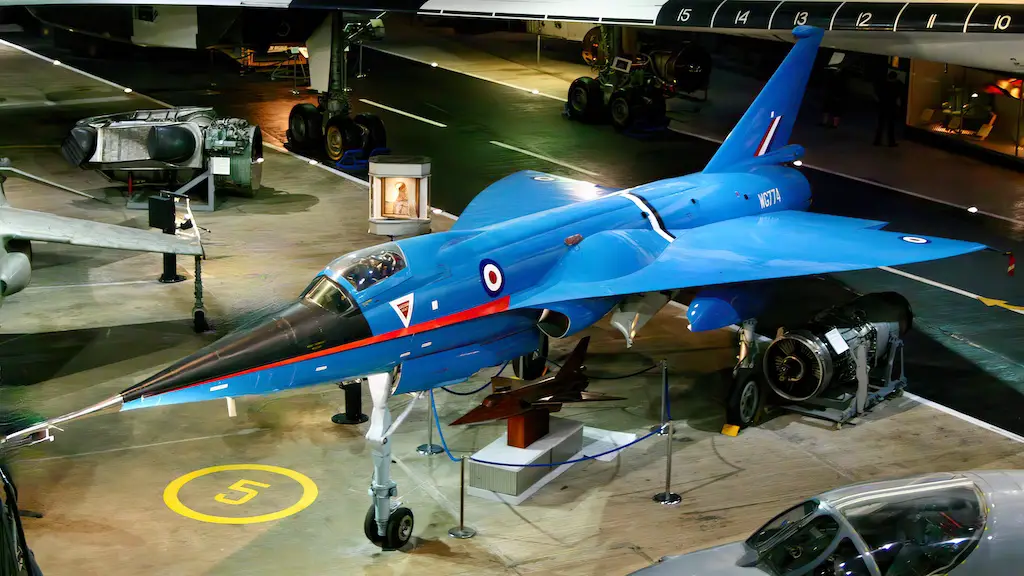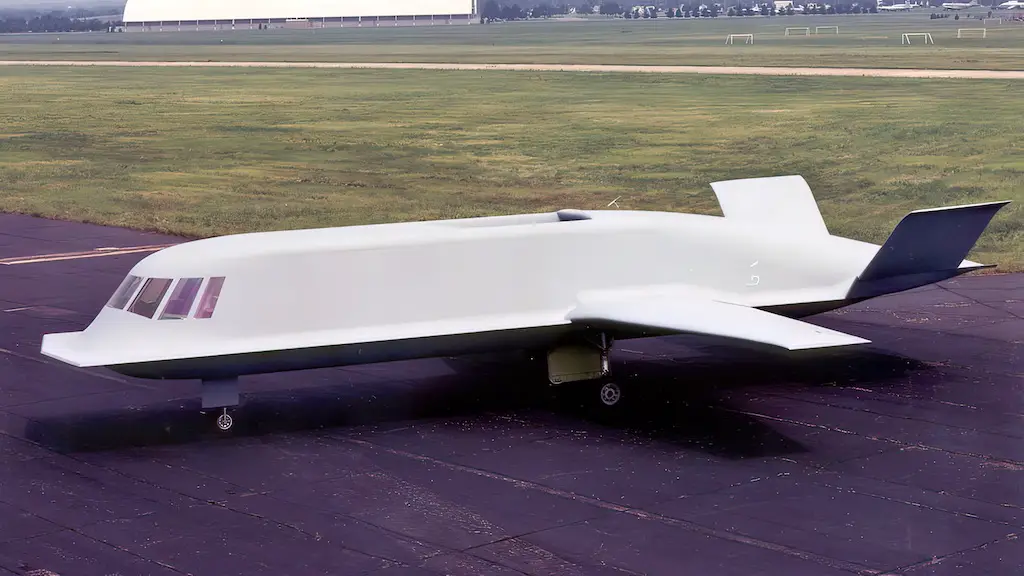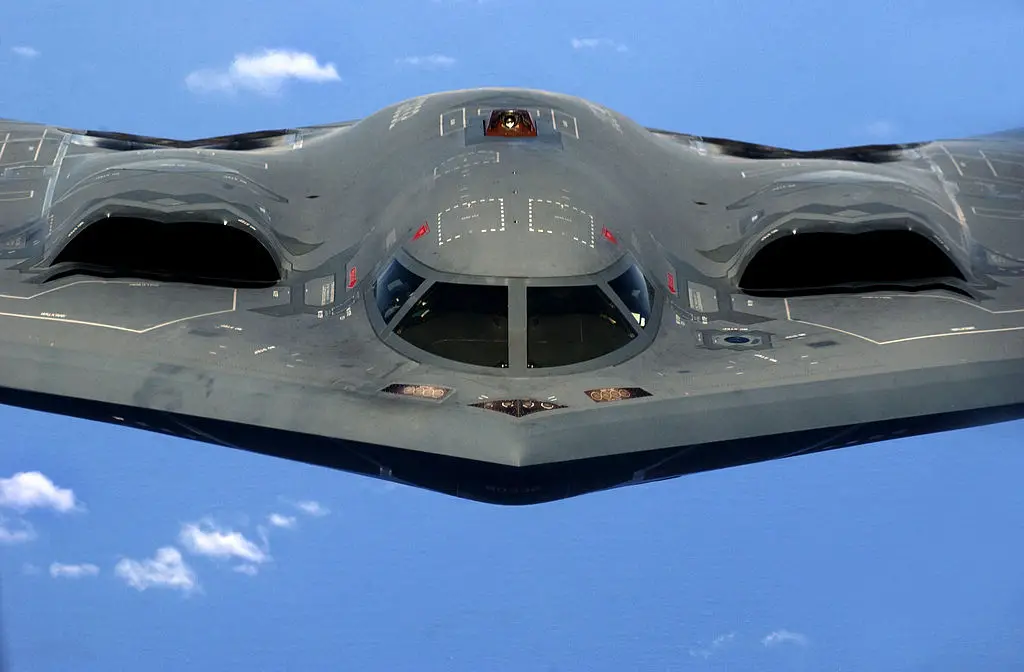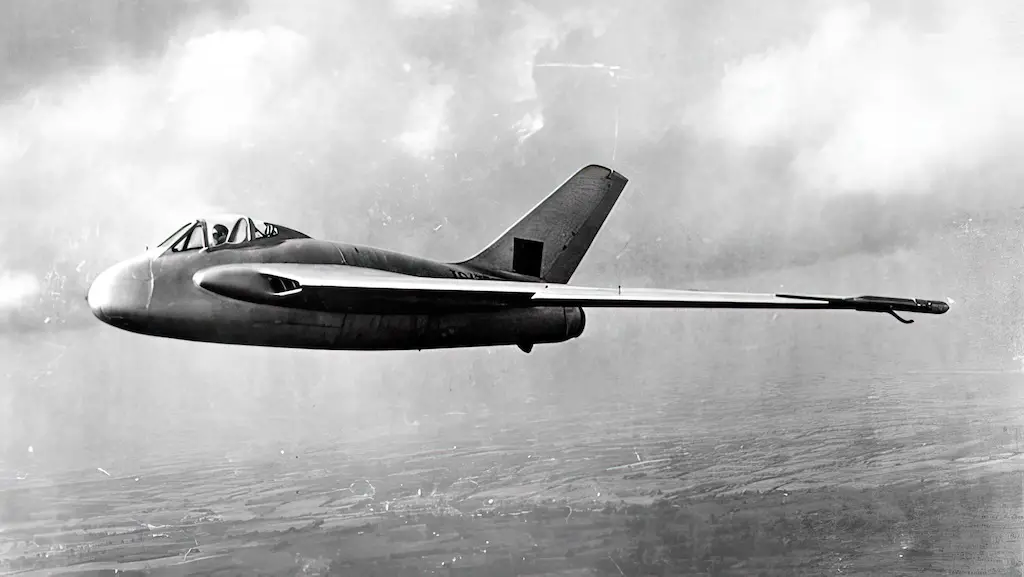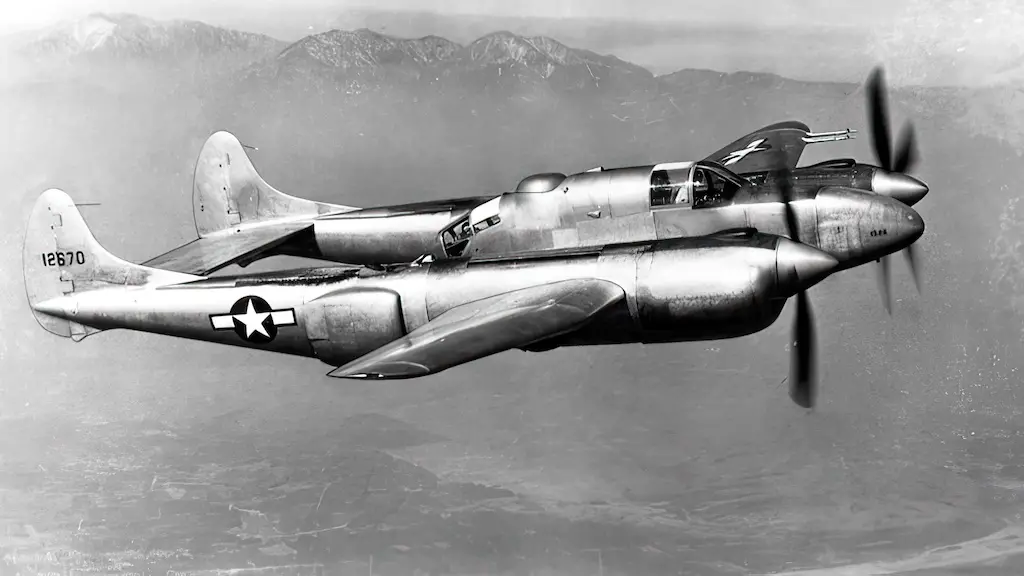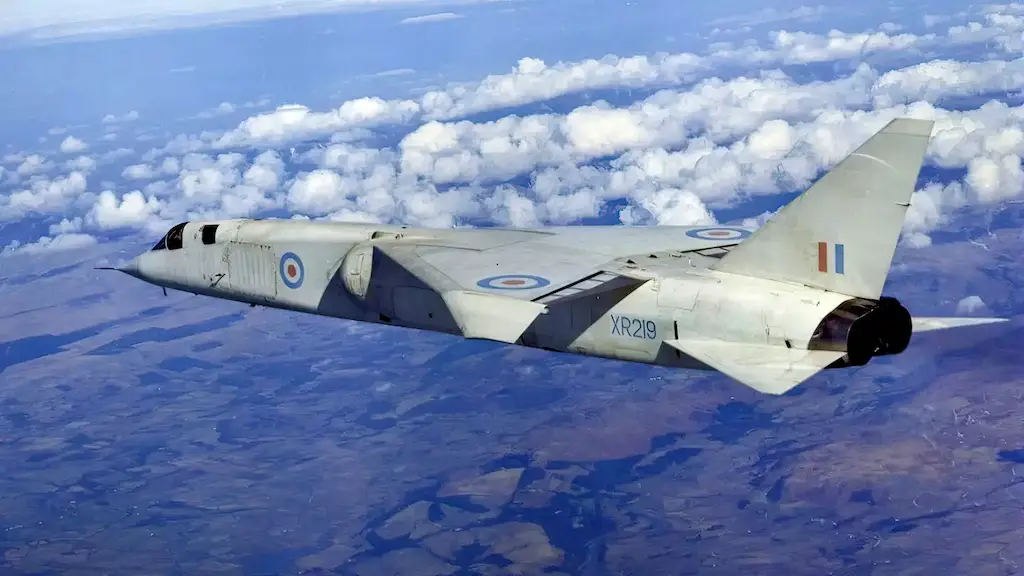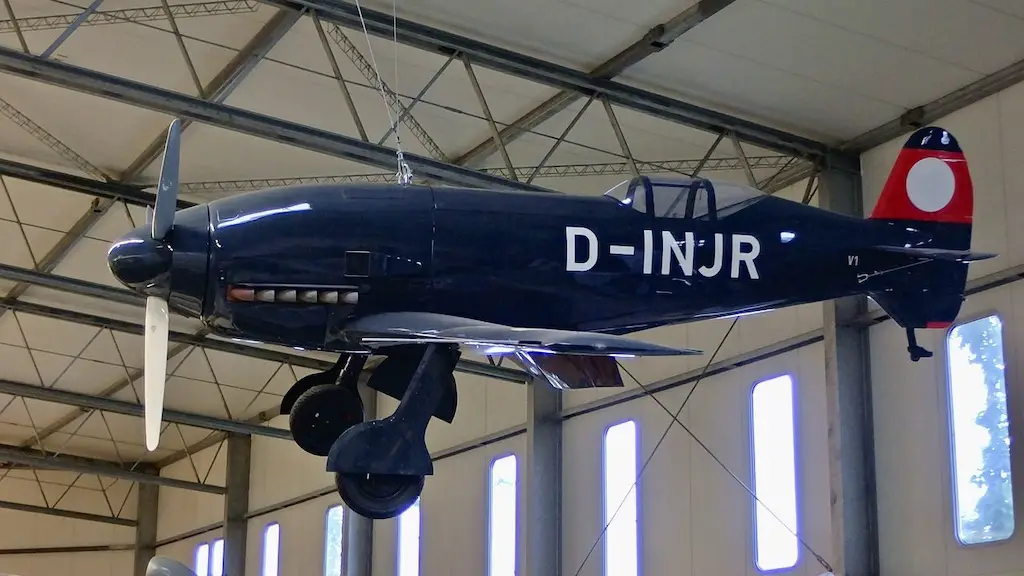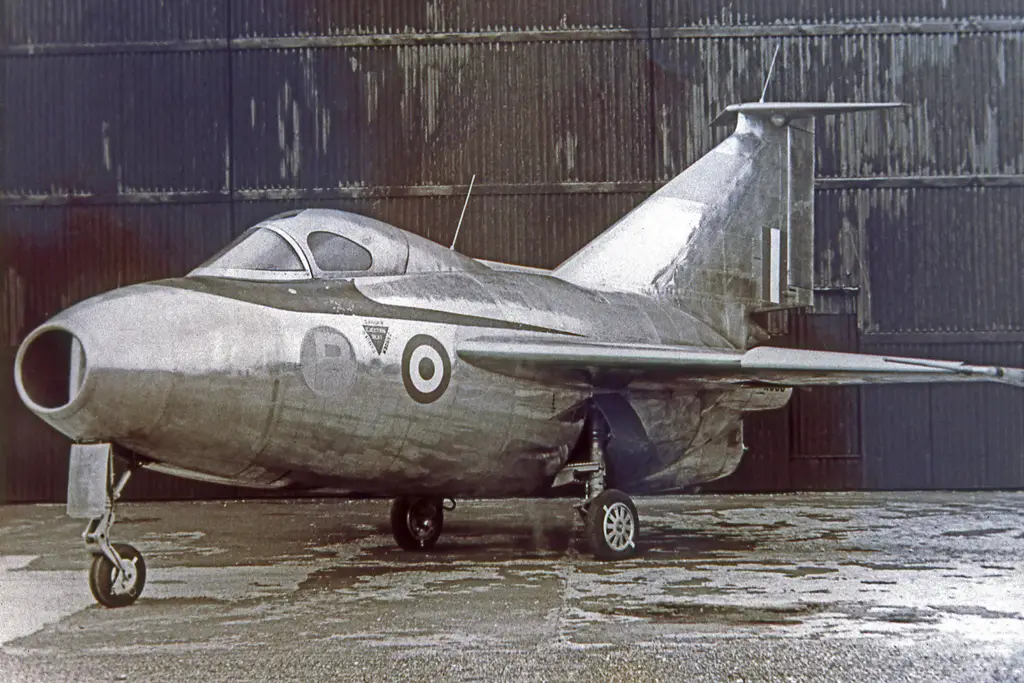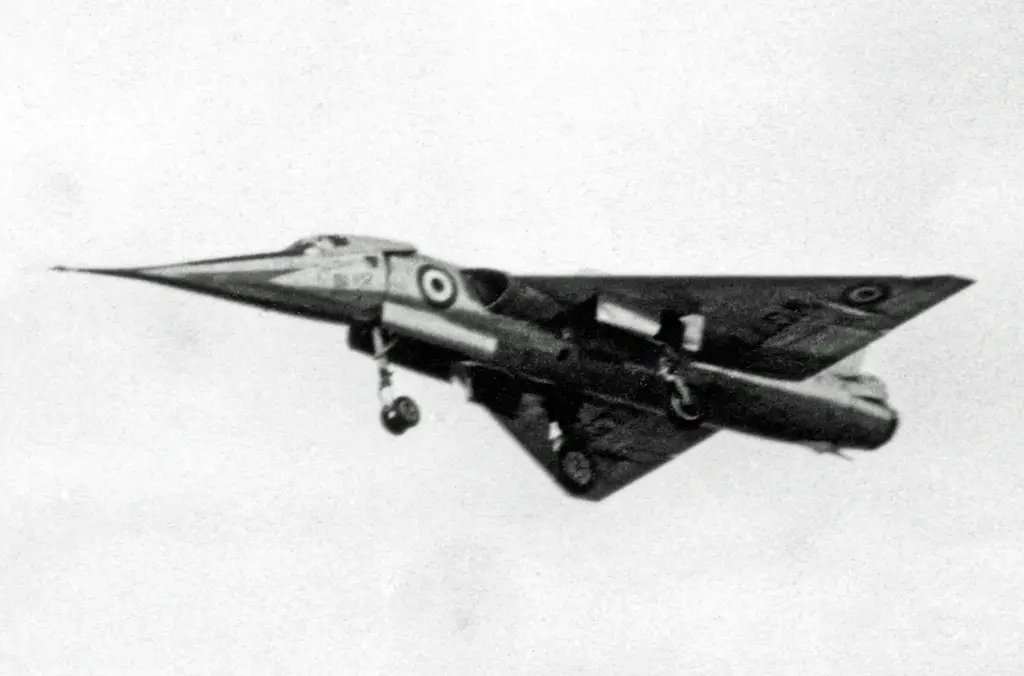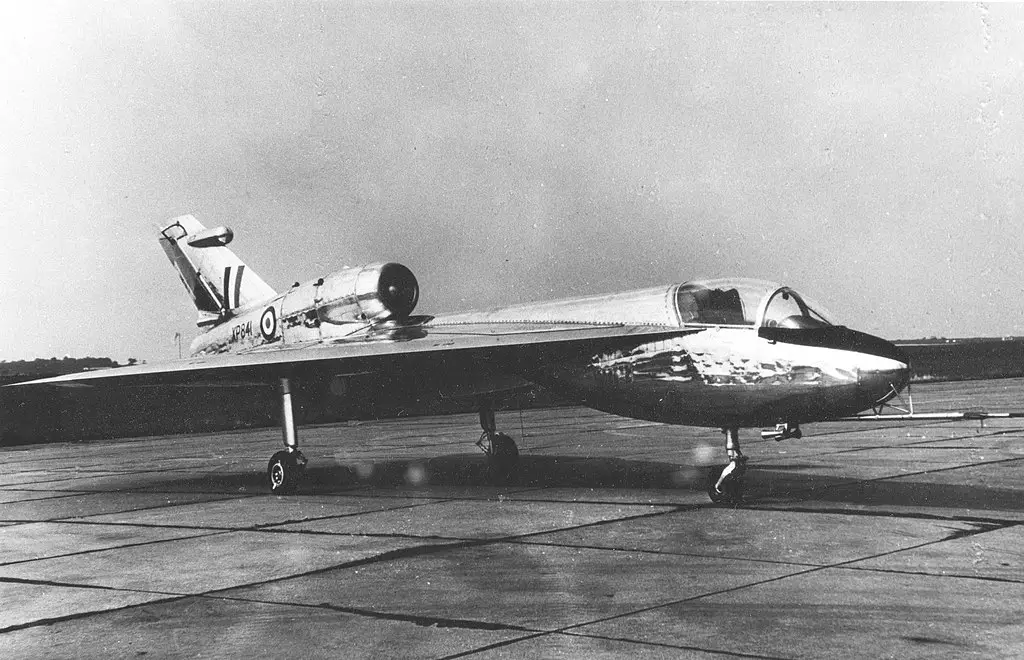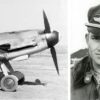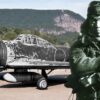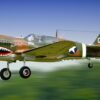In 1954 British Fairey Aviation company built a cutting-edge supersonic fighter named Fairey Delta, or FD2. Although never mass-produced, it played a remarkable role in the history of aviation as a record-breaking aircraft and Britain’s first supersonic delta. It also contributed to the development of Concorde airliner.
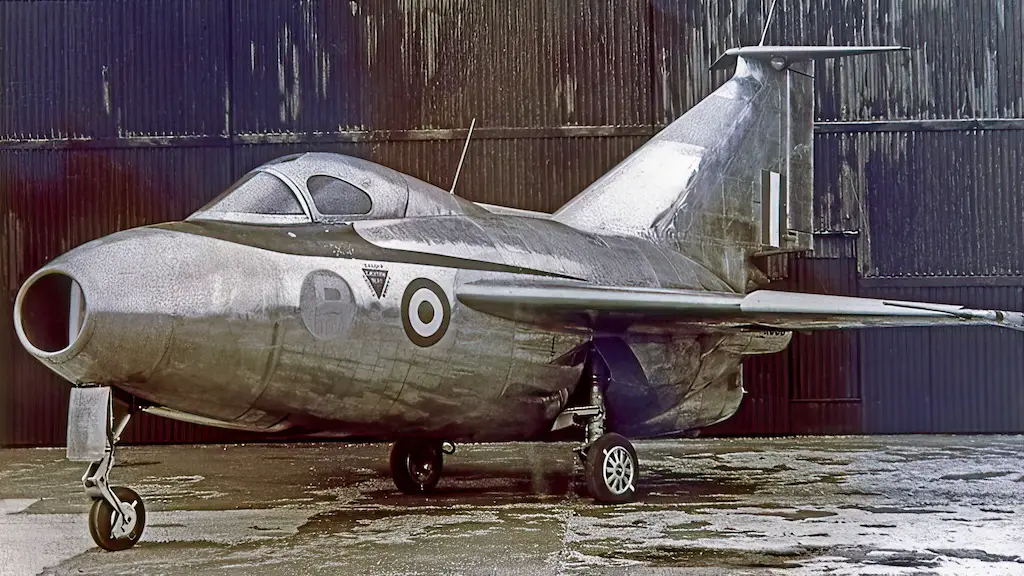
Designing a second-generation fighter jet
Fairey Aviation started investigating transonic and supersonic delta-wing designs in 1947, building its first jet-powered plane, straightforwardly named Delta 1, in 1951. By that time the Royal Air Force saw the need for the development of second-generation fighter jets. So, Fairey Aviation got a contract to build two prototypes of a supersonic fighter. The first of them made its maiden flight in October 1954, and the second one in February 1956.
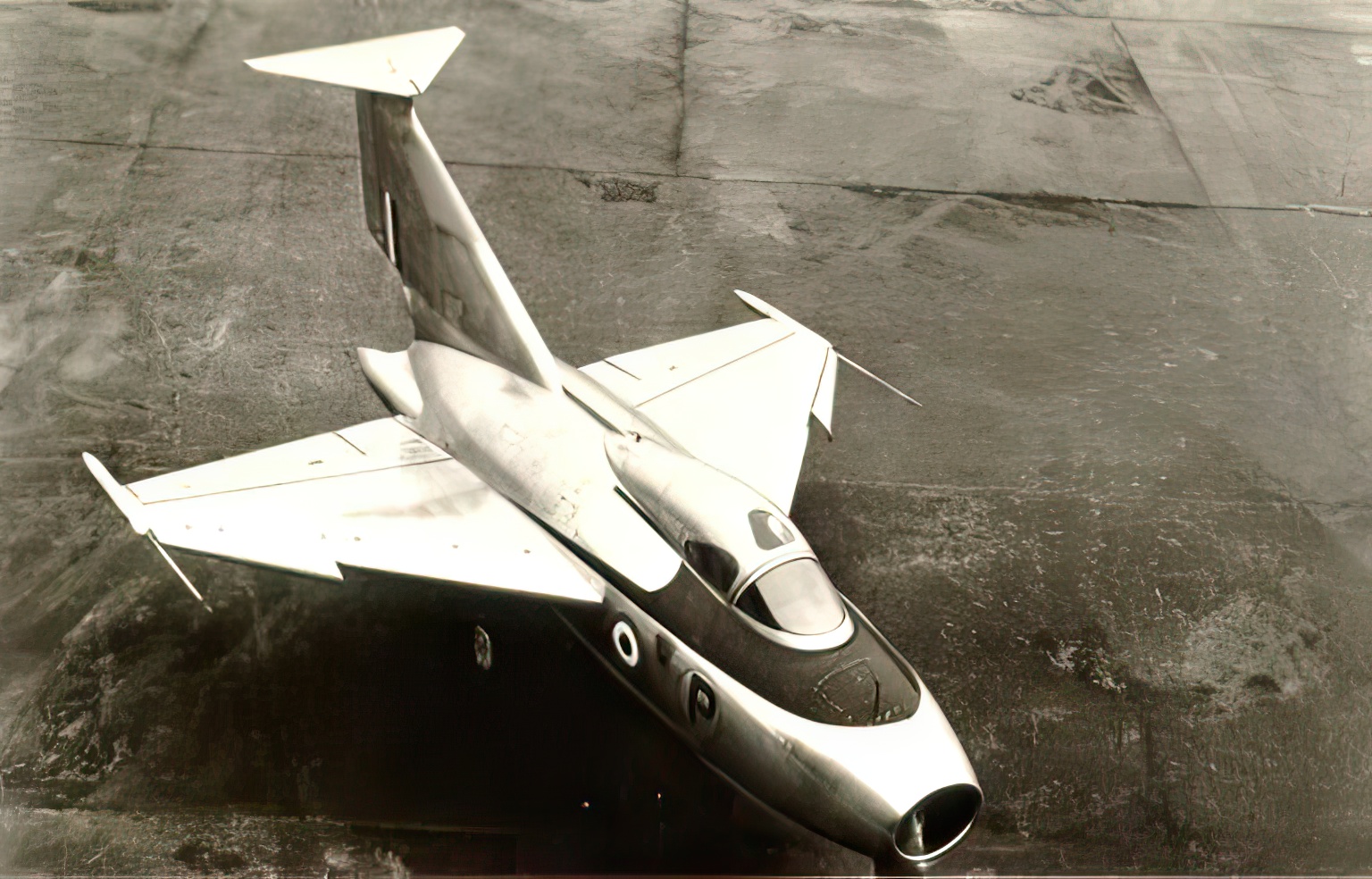
Fast and loud
Powered by Rolls-Royce Avon afterburning turbojet, the FD2 easily went supersonic, including at low altitudes. In fact, during early flight tests supersonic runs over peaceful UK countryside lead to a number of damage claims from residents disturbed by the sonic boom. Thus, Fairey Aviation had to perform some of the FD2 flight tests in France and Norway.
On March 10, 1956, a Delta 2 with Peter Twiss at the controls flying at 38,000 ft broke the world air speed record by reaching 1,132 mph, or Mach 1.73. Twiss, thus, beat the previous record set in August 1955 by a US Air Force pilot Horace Haines flying a North American F-100C Super Sabre by whopping 310 mph.
Such huge margin was unseen before and impressive in itself. By reaching this speed the Delta 2 also became the first aircraft to exceed 1,000 mph in level flight. The record stood until December of 1957, when it was beaten by a McDonnell JF-101A Voodoo of the USAF.
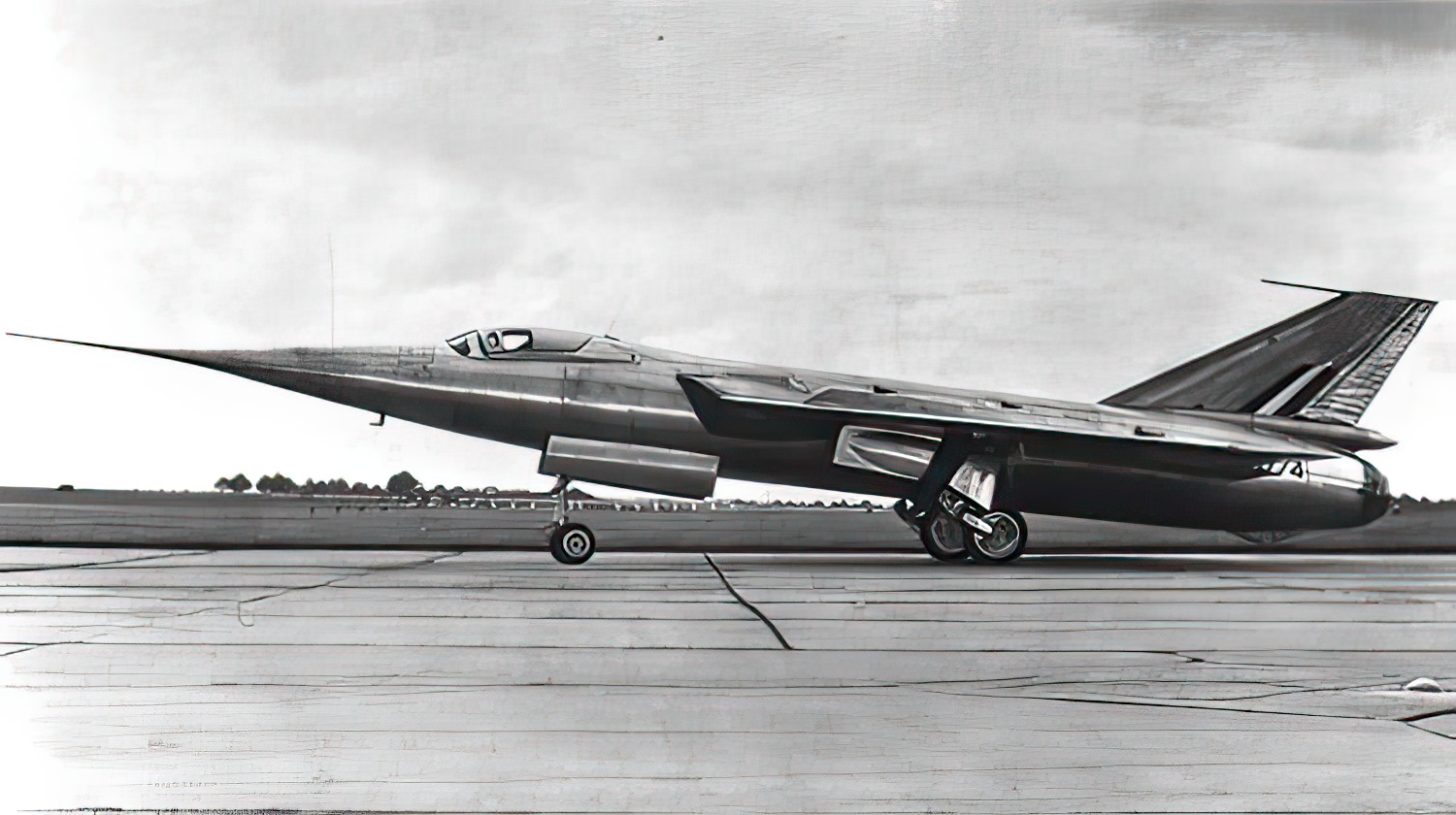
A supersonic testbed for the Concorde program
Throughout the late 1950s British and French aircraft manufacturers showed intense interest in the idea of a supersonic passenger airliner. In 1962, UK and France signed a draft treaty for the joint design, development and manufacture of such airliner.
While studies of low-speed handling were conducted on the Handley Page HP115 research aircraft, there was a need for a supersonic testbed to explore Concorde’s flight envelope and validate the ogee-delta wing concept proposed for the supersonic jetliner. The FD2 was found suitable for the task and one of the two prototypes was rebuilt to meet the new requirements at Bristol Aeroplane Company at Filton, getting the BAC 221 designation.

The BAC 221 had its wings completely rebuilt, now featuring the ogee-delta design. The other changes included engine intakes moved under the wing, a modified vertical stabilizer, and a Rolls-Royce Avon RA.28 engine replacing the Avon RA.14R. The modified FD2 also received a lengthened undercarriage to imitate Concorde’s attitude on the ground.
Another similarity to the future Concorde design was the drooped nose that could be hinged downwards by ten degrees using hydraulic power to provide the pilot with a clearer view during takeoff and landing. That trait, however, was not added at Bristol. Both Delta 2 prototypes featured a ‘droop snoot’ from the start.
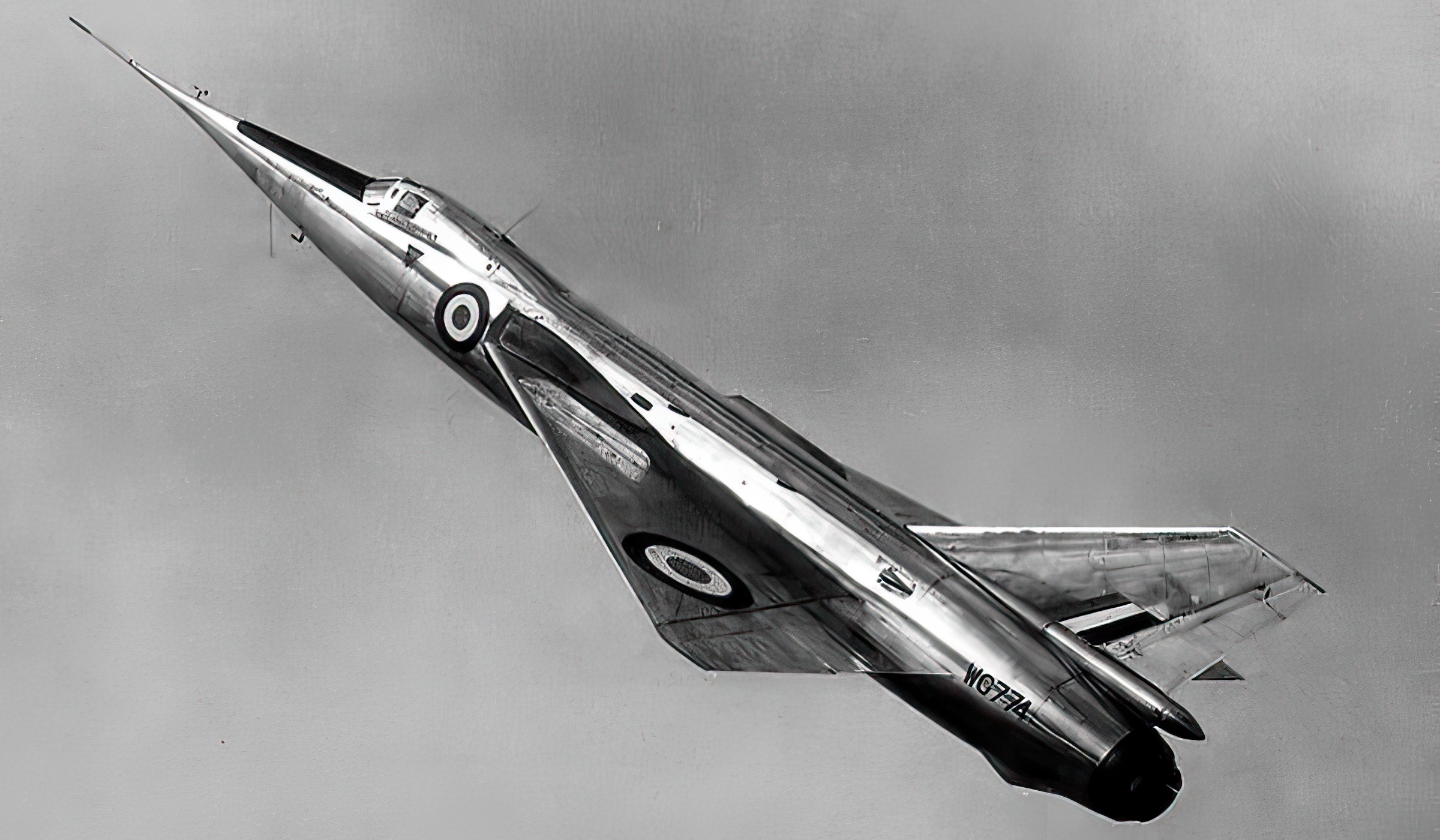
The new testbed made its first flight in May 1964. It was a little slower than the original, but still could reach Mach 1.6. The BAC 221 made several hundred various test flights from 1964 until 1973, most of them at Royal Aircraft Establishment (RAE) at Bedford.
Both Delta 2 prototypes have survived. The BAC 221 one is now on display at the Fleet Air Arm Museum at Yeovilton, Somerset. There it shares hangar with the first British-built Concorde and Handley Page HP115 test aircraft. The other airframe resides at the Royal Air Force Museum at RAF Cosford.

